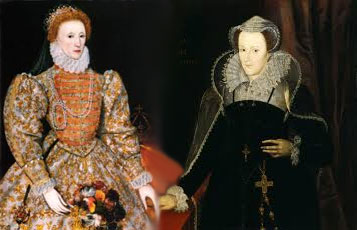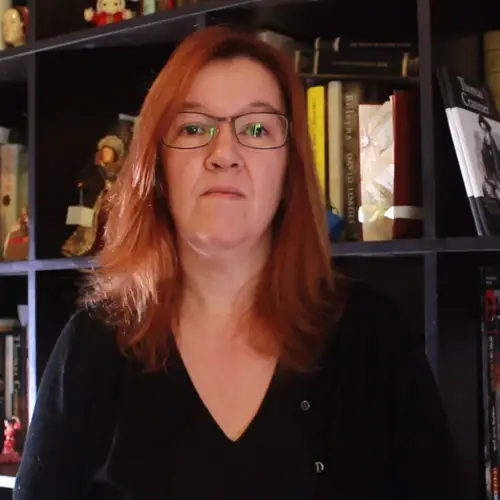For this week's Claire Chats I wanted to share with you a video I've just made for my "Tudor Cooking with Claire" series. I love ginger and so was interested to find various mentions of "ginger bread" in medieval and Tudor recipe books and to find that it really was 'gingered bread'.
The recipe I used for the video was:
14 slices (approx 340g) of brown bread, made into crumbs
300g runny honey
1 tbsp ground ginger
1 tbsp ground cinnamon
1/2 tsp ground pepper (black or white)
Pinch of saffron (optional)
Red wine (optional)
Red food colouring (optional)
Star anise and liquorice (optional)
This was an amalgamation of recipes I found at http://cookit.e2bn.org/historycookbook/982-gingerbread-gingered-bread.html and http://maryardensfarm.com/tudor-gingerbread.
Another recipe and some quotes from 15th century manuscripts, plus the Geoffrey Chaucer quote about gingerbread, can be found at http://www.godecookery.com/ginger/ginger.htm.
The recipe I read out in the video from Gervase Markham is:
To make coarse gingerbread, take a quart of honey and set in on the coals and refine it: then take a pennyworth of ginger, as much pepper, as much liquorice; and a quarter of a pound of aniseeds, and a pennyworth of sanders: all these must be beaten and searced, and so put into the honey: then put in a quarter of a pint of claret wine or old ale: then take three penny manchets finely grated and strew it amongst the rest, and stir it till it come to a stiff paste, and then make it into cakes and dry them gently.
The English Housewife, Gervase Markham, 1615, p. 114.
Update: I let the ginger bread 'rest' for a couple of hours and this made it dry out a little and be less sticky. We all really liked it and it's something that I'd make again. After eating a whole one, you realise that the spices actually give quite a kick, a real warming sensation!



Leave a Reply